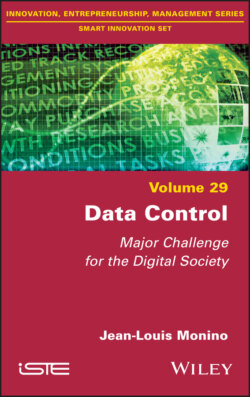Читать книгу Data Control - Jean-Louis Monino - Страница 23
1.3. Conclusion
ОглавлениеThe advent of “Big Data” (Monino 2015) is changing traditional management practices and invites the organization to adopt new visions that allow it to have “strategic information” that can generate more value. In other words, the message must be conveyed that information per se is not power: it is using information that gives power, and the more information is given and exchanged, the more information is received (Martinet and Marti 2001).
It is then necessary to adapt and try new approaches, new methods, new knowledge and new ways of working, which leads to new properties and new issues since a logical referencing must be created and implemented. The question is no longer what data to store, but what can be done with that data?
However, reaching the full potential of data depends on how it is presented, it must be used and reused in multiple ways without diminishing its value. This means making data available in the right form and at the right time to any interested party wishing to exploit and add value to it. Generating value at the different stages of the data value chain will be at the center of the intersection of openness and voluminous quantities of data. In addition, one of the main benefits of open data is that it fosters the development of a culture of information sharing and intersectoral collaboration (GTDO 2011). Increasing data volumes, processing speed and diversity pose new challenges for companies and affect their decisionmaking processes.
